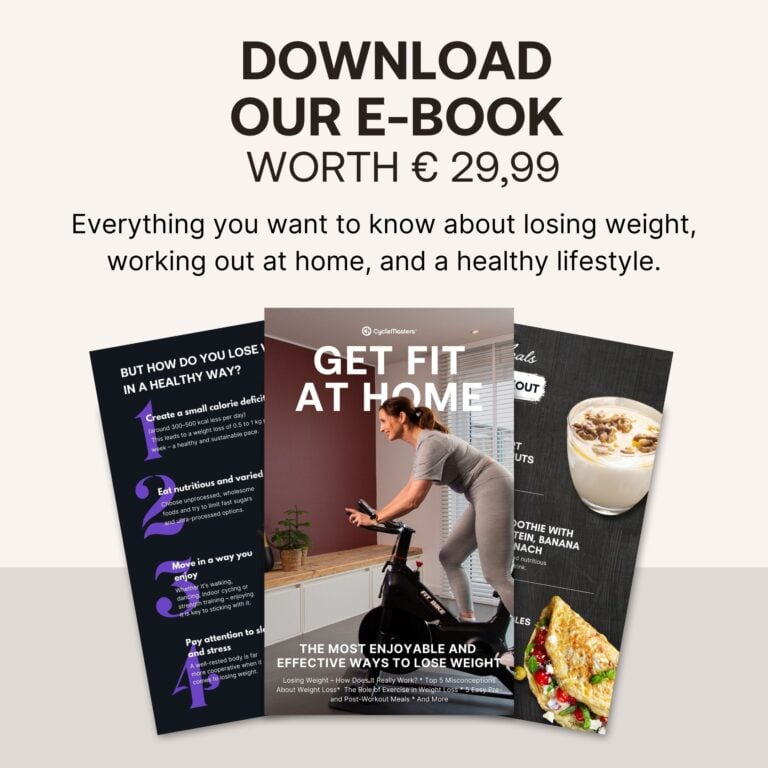Heart Rate Zones: Unlocking the Benefits for Effective Workouts

Exercise with a heart rate monitor provides valuable insights into your cardio heart rate zones. The popularity of tracking heart rate zones during workouts has surged in recent years. By wearing a heart rate monitor, you can effectively monitor and enhance your performance. This article delves into the benefits and drawbacks of utilizing a heart rate monitor during exercise, enabling you to make an informed decision.
Table of Contents
Your Progress Can Be Closely Monitored
Regularly monitoring various aspects of your heart rate can help track your progress:
- Maximum Heart Rate
Measuring your maximum heart rate during intense workouts or fitness tests allows you to gauge the efficiency of your heart and your overall fitness level. An increase in maximum heart rate indicates improved cardiovascular function. - Heart Rate Zones
Utilizing heart rate zones helps determine the intensity of your training. By comparing your heart rate to these zones, you can assess the effectiveness of your workout and identify areas for improvement. - Resting Heart Rate
Regularly measuring your resting heart rate, particularly during cardio training, offers insights into the efficiency of your heart and your progressing fitness level. A decrease in resting heart rate signifies enhanced cardiovascular fitness. - Heart Rate Variability
Assessing the variability of your heart rate reveals how well your body responds to stress. A higher heart rate variability indicates a healthier heart and better stress response. - Training Diary
Maintaining a training diary that includes heart rate data, heart rate zones, and other relevant metrics helps track your progress and identify opportunities for further improvement.
More Focused Training Toward a Goal with Heart Rate Zones
Training within specific heart rate zones enables you to effectively work toward your fitness goals. By understanding your heart’s effort during exercise, you can determine the intensity of your workout and whether it aligns with your objectives. For instance, if your aim is to burn fat, exercising at a lower heart rate is recommended to optimize fat metabolism. Conversely, if your goal is to improve overall fitness, achieving a higher heart rate will challenge your heart and lungs, resulting in faster fitness gains. Tracking your workouts through apps like Strava can facilitate progress monitoring.
Monitor Your Recovery After Exercise
A heart rate monitor proves invaluable in tracking your recovery post-workout. By observing your heart rate after exercise, you can assess how quickly it returns to a resting state. This information offers insights into the intensity of your workout and the rate at which your body recovers. Adjusting your training based on heart rate monitoring promotes optimal recovery and helps prevent overexertion and injury. Persistently high heart rates after exercise may indicate overtraining, which can lead to fatigue, decreased performance, and potential injury. A resting heart rate above 100 beats per minute might signal stress or an underlying health issue, warranting consultation with a healthcare professional.
Training at the Right Level with Heart Rate Zones
Effectively training with a heart rate monitor ensures that you achieve your fitness goals efficiently. By monitoring your heart rate, you gain precise information about the intensity of your workout. This prevents under training, which yields minimal results, and overtraining, which can lead to injuries. Training at the appropriate intensity optimizes calorie burn and strengthens muscles effectively.

Disadvantages of a heart rate monitor
While heart rate monitors offer numerous benefits, it is essential to be aware of potential pitfalls:
- Listen to Your Body
It is crucial to strike a balance between relying on heart rate data and listening to your body. Each person is unique, and what may be a safe heart rate for one individual could be too high for another. Pay attention to your body’s signals and adjust or even halt your training if you feel fatigued or unwell to prevent overtraining or injuries. - Not Every Heart Rate Monitor Is Equally Accurate
Accuracy varies among heart rate monitors, leading to potential misinformation about heart rate and subsequent incorrect workouts. Relying solely on heart rate data can be distracting during your workout, detracting from your body’s sensations. Ensure the accuracy of your heart rate monitor and remain mindful of your body rather than becoming overly fixated on the numbers. - External Factors Affecting Heart Rate
Heart rate monitors measure your current heart rate but do not provide insight into the underlying causes of heart rate fluctuations. Factors such as temperature, time of day, mental state, diet, and medication can influence heart rate and may lead to inaccurate conclusions about your health. Consider heart rate measurements in conjunction with other health indicators to account for any discrepancies.

Training in a group to improve heart rate?
Training in a group setting can pose challenges when incorporating heart rate training due to individual variations in heart rates and required training intensities. One solution is to divide the group into smaller subgroups, with each subgroup training at a different intensity based on their respective heart rates. This approach allows everyone to train within their heart rate zones while still benefiting from the group dynamic.
Does it work for me?
Working out with heart rate monitors is not only beneficial but also enjoyable and motivating. It provides insights into your current fitness level, aids in goal attainment, increases motivation, and enhances workout efficiency. However, it is crucial not to become excessively fixated on heart rate zones. Strive to enjoy your workouts, listen to your body, and utilize the data to improve without it becoming your sole focus. By training mindfully and paying attention to your body, you will witness tangible results in no time.
Conclusion
Exercising with heart rate zones and understanding heart rate zones offer significant benefits. By monitoring your heart rate during workouts, you can closely track your progress, tailor your training to specific goals, monitor recovery, and ensure optimal training intensity. However, it is essential to strike a balance, listening to your body and enjoying your workouts while leveraging the valuable insights provided by heart rate monitoring. With attention to both the data and your own sensations, you can achieve remarkable results and enhance your overall fitness journey.
